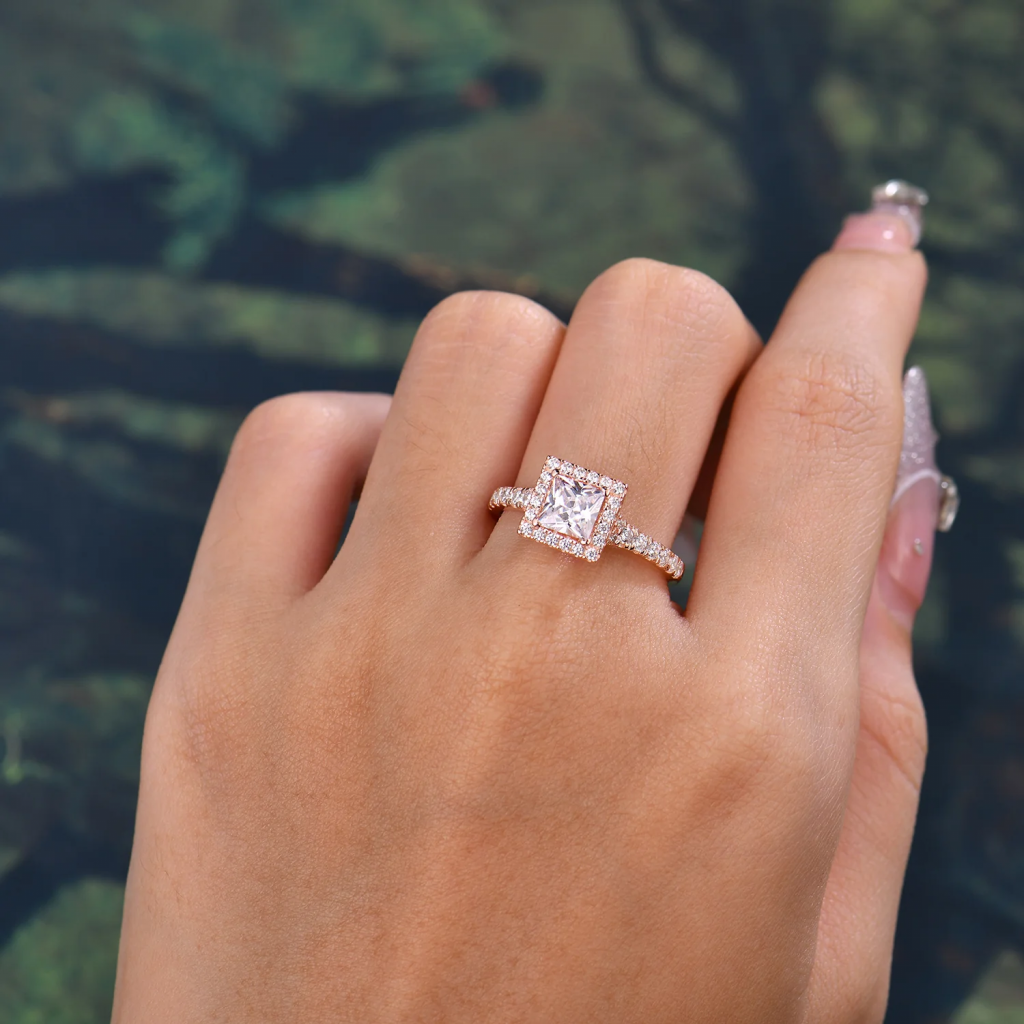In terms of celebrating love or marking milestones, diamonds have long been the default choice—but what if there’s a gemstone that rivals their sparkle, durability, and ethics? Enter moissanite, a radiant alternative that’s captivating modern couples and sustainability advocates alike. But what is moissanite diamond, exactly? Is it a imitation, a compromise, or a revolution in its own right? This article demystifies the science, beauty, and ethical appeal of moissanite, while spotlighting Romalar Jewelry, a brand at the forefront of crafting moissanite masterpieces that defy convention.

From Stardust to Lab-Created Luxury: The Origins of Moissanite
Moissanite traces its roots to the stars. In 1893, French scientist Henri Moissan discovered microscopic particles of silicon carbide (SiC) in an Arizona meteorite crater—a mineral so rare in nature that it’s found primarily in space. Today, moissanite is sustainably lab-grown, replicating the gem’s celestial origins without environmental harm.
Unlike diamonds, which form over billions of years under extreme pressure, moissanite is engineered with precision. This process ensures consistent quality and eliminates the ethical concerns tied to diamond mining. Romalar Jewelry harnesses this innovation, creating rings that blend cosmic wonder with cutting-edge technology.
Why Moissanite Outshines Diamonds: The Science of Sparkle
What is moissanite diamond if not a pale imitation? The answer lies in its optical magic. With a refractive index of 2.65–2.69 (compared to diamond’s 2.42) and a dispersion rate of 0.104 (versus 0.044 for diamonds), moissanite unleashes 2.4 times more fire—the rainbow flashes that make gems mesmerizing. Its brilliance is sharper, its sparkle more dynamic, turning every movement into a light show.
Romalar Jewelry amplifies this allure with designs that maximize moissanite’s potential. Think emerald-cut solitaires that mimic ice crystals or vintage-inspired halos that scatter light like prisms. Here, science and artistry collide to create wearable poetry.
Debunking Myths: Moissanite vs. Diamond—What’s the Difference?
While both gems are durable (moissanite scores 9.25 on the Mohs scale, close to diamond’s 10), their differences are profound. Moissanite isn’t a “fake diamond”—it’s a distinct gem with unique properties. Lab-grown moissanite avoids the environmental degradation and human rights issues linked to diamond mining. It’s also up to 90% more affordable, allowing couples to invest in larger stones or meaningful experiences.
Romalar Jewelry champions this shift. Their moissanite collections feature conflict-free stones paired with recycled metals, proving luxury needn’t come at a moral cost.
Romalar Jewelry: Ethical Elegance, Designed to Last
For those asking, “what is moissanite diamond worth without craftsmanship?”—Romalar Jewelry answers with precision. Their artisans sculpt moissanite into timeless designs, from minimalist bands to intricate three-stone rings symbolizing past, present, and future. Each piece such as the princess cut moissanite ring is a testament to sustainability, marrying lab-grown gems with ethically sourced materials.
A standout example? Their Celestial Collection, featuring raw-edged settings that echo moissanite’s meteorite origins, paired with milgrain detailing for a touch of vintage romance.
Conclusion
What is moissanite diamond if not the future of fine jewelry? It’s a gem born from stardust, refined by science, and crafted into heirlooms by pioneers like Romalar Jewelry. Whether you’re drawn to its brilliance, ethics, or affordability, moissanite offers a radiant rebellion against tradition. This isn’t just a gemstone—it’s a statement that love, like light, deserves to shine fearlessly.

